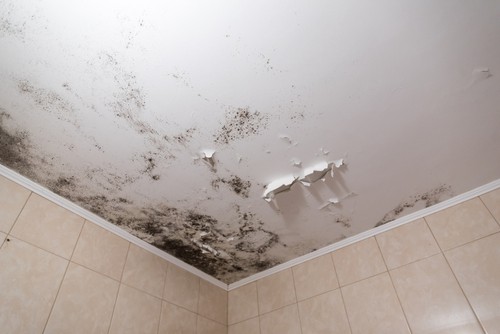
Surprising Reasons Mold Might Be Appearing On Your Ceiling
October 25, 2022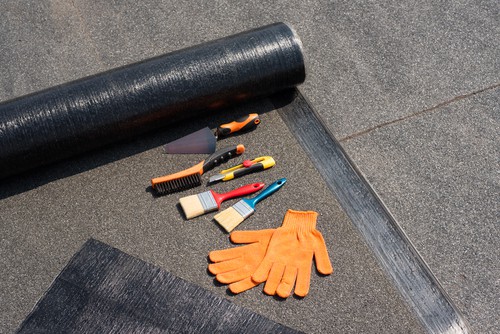
8 Most Common Waterproofing Mistakes People Often Make
December 28, 2022How Long Does Waterproofing Membrane Last?

A waterproofing membrane is a waterproof layer that is used to prevent water from penetrating the surface. It is often used in construction projects to waterproof roofs, walls, and floors.
Most waterproofing membranes have a lifespan of 20-30 years. However, this can vary depending on the material used and the quality of the installation. For example, a membrane made from high-quality materials with a professional installation will typically last longer than one made from cheaper materials.
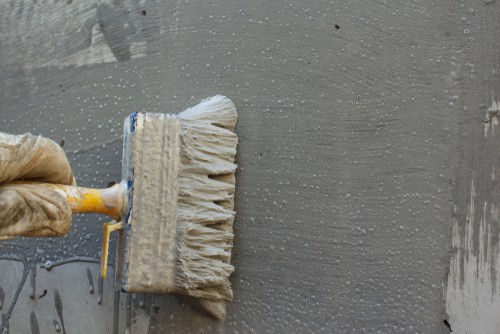
It’s important to note that it is not maintenance-free. Over time, they can become cracked or broken, allowing water to seep through and cause damage. That’s why it’s important to have your waterproofing membrane inspected regularly by a professional. If you think it might be damaged, it’s important to have it repaired as soon as possible.
Ignoring the problem can lead to serious water damage, which can be very costly to repair. If you’re concerned about the condition or if you just want to extend its lifespan, there are a few things you can do. First, make sure that your gutters and downspouts are clear of debris. This will help prevent water from pooling around your home, which can put stress on the waterproofing membrane.
You should also check for any cracks or holes in the membrane and have them repaired as soon as possible. Finally, you can apply a waterproofing sealant to the membrane to help extend its life.
Waterproofing membranes can be used for a variety of applications, such as waterproofing roofs, walls, floors, and basement walls. It can also be used to waterproof swimming pools, ponds, and other water features.
Benefits of Waterproofing Membrane
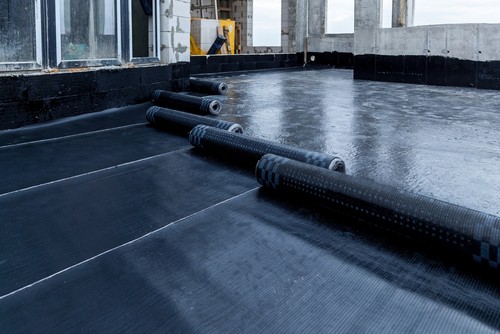
There are many benefits to waterproofing your home with a waterproofing membrane. They include;
1. Prevent water damage
One main benefit of waterproofing your home is that it can help to prevent water damage. A waterproofing membrane can create a barrier that will stop water from penetrating the surface and causing damage to the structure of your home.
2. Reduce energy costs
Another benefit of waterproofing is that it can help to reduce energy costs. By waterproofing your home, you can keep heat. This will help you to save money on your energy bills.
3. Increase the value of your home
Waterproofing can also increase your home value. If you sell your home, potential buyers will be willing to pay more for a waterproof home than one that is not waterproofed.
4. Prevent mold and mildew
Waterproofing your home can also help to prevent mold and mildew from growing. Mold and mildew can cause health problems, so it is important to keep them from growing in your home. A waterproofing membrane can create a barrier that will stop mold and mildew from growing.
5. Improve the look of your home
Waterproofing your home can also improve its appearance. A waterproofing membrane can give your home a clean, finished look. It can also protect your home from the elements, which can keep it looking new for longer.
6. It can help to protect your home from water damage
It can create a barrier that will stop water from penetrating the surface and causing damage to the structure of your home.
How to waterproof your home
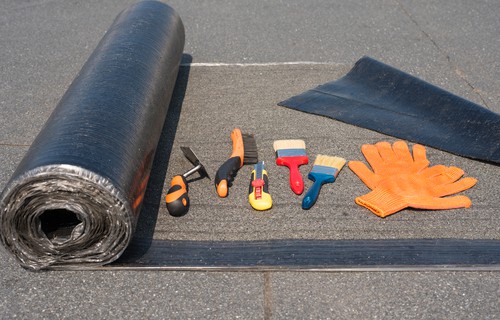
Waterproofing your home is not a difficult process, but there are a few things you need to do to ensure that it is done properly.
1. Choose the right waterproofing membrane
There are a variety of waterproofing membranes on the market, so it is important to choose one that is right for your home. You should consider the climate, the type of surface you are waterproofing, and the exposure to sunlight and UV rays.
2. Prepare the surface
Before you start waterproofing, you need to make sure that the surface is clean and free of any dirt or debris. You should also repair any cracks or holes in the surface.
3. Apply the waterproofing membrane
Once the surface is prepared, you can apply the waterproofing membrane. There are a variety of ways to do this, so you should consult the instructions that come with your waterproofing membrane.
4. Inspect the surface
After you have applied the waterproofing membrane, you need to inspect the surface to make sure that there are no leaks or gaps. If you find any, you will need to repair them before waterproofing your home.
5. Maintain the waterproofing membrane
You should inspect the waterproofing membrane regularly to make sure that it is still intact. You may need to re-apply the waterproofing membrane every few years, depending on the climate and the exposure to sunlight and UV rays.
6. Waterproofing your home can help to prevent water damage
It can create a barrier that will stop water from penetrating the surface and causing damage to the structure of your home.
The frequency with which you need to waterproof your home depends on several factors, including the climate, the type of surface you are waterproofing, and the exposure to sunlight and UV rays. In general, you should inspect it regularly and re-apply it every few years.
How Long Does Waterproofing Membrane Last? – Conclusion
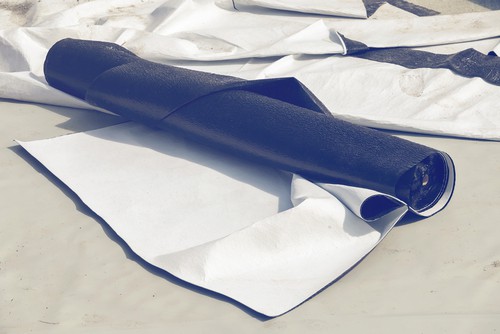
Waterproofing your home is a great way to protect it from water damage. A waterproofing membrane can create a barrier that will stop water from penetrating the surface and causing damage to the structure of your home. Waterproofing your home can also help to prevent mold and mildew from growing.
Mold and mildew can cause health problems, so it is important to keep them from growing in your home. Waterproofing your home can also increase its value. If you sell your home, potential buyers will be willing to pay more for a waterproof home than one that is not waterproofed. Waterproofing your home is a good investment, and it can help to protect your family from the dangers of water damage.

